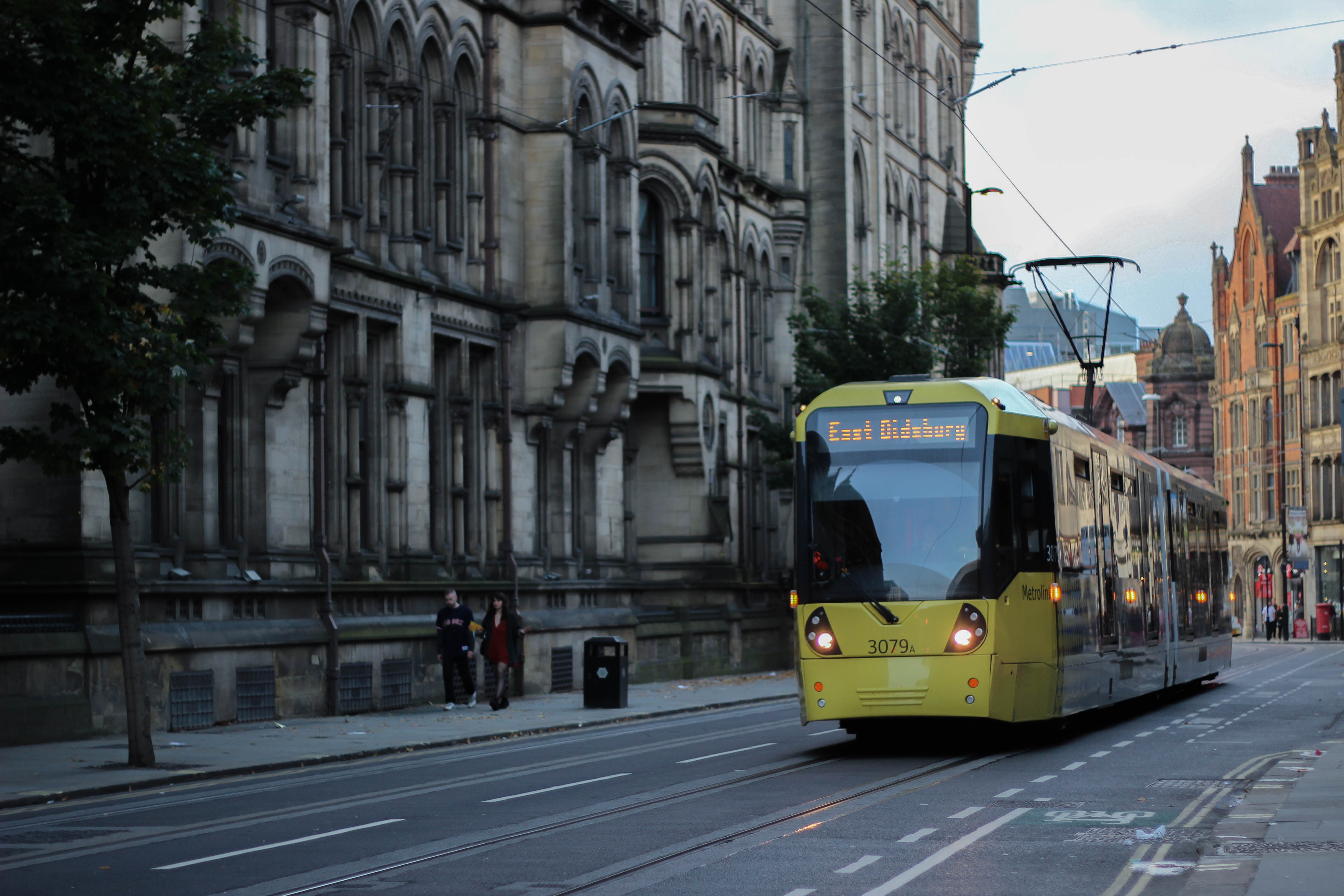
Across the UK there is a range of devolution models in operation. This blog will consider the form that devolution takes among the new combined authorities in England and the Greater London Authority in the capital. It is part of a series of blog looking at devolution and follows on from a previous blog asking “what is the point of devolution?”. Next week we will also look at the devolved governments of Scotland, Wales and Northern Ireland.
Combined authorities in England
The hyperbole surrounding the new combined authorities in England has been quite intense. West Midlands Mayor Andy Street has described how devolution gives Birmingham the opportunity and decision-making power to transform itself into a world city on the level of Berlin and New York. Greater Manchester Mayor Andy Burnham even claims that the centralisation of power in London led to Brexit, and that devolution can solve the political and social crisis facing the UK.
Sadly, both of these statements say more about the political ambitions of the speakers than the reality of devolved governance in England. A recent article in Regional Studiesdescribes the ‘rhetoric-reality gap’ in English devolution. The deals agreed with cities such as Birmingham, Manchester and Liverpool are the results of “opaque and largely secret deal negotiations” that were led primarily by central government priorities. Professor Robin Hambleton from UWE Bristol comments that in the context of incredibly deep austerity measures, the purpose of combined authorities is to defuse blame for spending cuts. Hambleton gives the example of Bristol, which receives £156 million less in government funding in 2019/20 than it did in 2010/11 – a cut of 78%. The additional funding to the new combined authority is £15 million per year, which clearly does not offset the impact that austerity has had upon public spending in the city. This is popularly termed “devolving the axe“. Moreover, ministers pick and choose which localities benefit from the agreements, the contents of the deal and the value of the funding. Ministers also closely monitor whether the newly-elected mayors are keeping to the agreements thrust upon them. It would seem then that these devolution deals are a double-edged sword, and could quite justifiably be described as further centralising political power.
Furthermore, the combined authority deals are decidedly urban in their vision for devolution, which leaves much of the country without a mechanism for repatriating some control and autonomy for decision-making from the centre. The counties and shires, comprising rural areas and smaller towns that are not in close proximity to a large city, are not engaged in the devolution process. This is despite England’s counties accounting for greater shares of the national population, GVA and employment than city-regions. County councils could be granted additional powers and resources to deal with their own challenges. After all, if the problems facing the Black Country receive little airtime in Westminster, the specific issues affecting Gloucestershire receive even less. The one example of devolution at the county level is the bespoke deal agreed with Cornwall, which faces special problems owing to its remoteness, poor infrastructure and the popularity of holiday homes pricing out locals. Cornwall is also the second poorest region in northern Europe (after west Wales). In a country that also hosts the richest region (London), this is a stark contrast indeed. In fact, 9 of the 10 poorest regions are in the UK, according to Eurostat figures. It is clear that the current centralised model of decision-making in Britain is failing places such as Lincolnshire, East Yorkshire and Lancashire. Such places must be given the power to define their own problems and design solutions that are adapted to their own contexts.

Greater London – the centre devolving to the centre
One part of England is a notable exception to the hoarding of power by the Westminster government – namely, the Greater London Authority (GLA), which was set up in 1999. The Mayor of London has a £12 billion budget to promote the economic, social and environmental development of the UK’s capital city. Moreover, the mayor’s office has the role of overseeing the Metropolitan Police, the London Fire and Emergency Planning Authority and of course Transport for London, which operates the most extensive public transport system in the entire country. Up until 2012 the Mayor also provided direction to the London Development Agency, which has since been absorbed into the GLA. The GLA is thus one of the largest public-sector landowners in the city and it can use these assets (such as the Greenwich Peninsula and the ExCeL convention centre between Canary Wharf and London City Airport) to further its objectives of creating jobs and driving economic growth in London.
Other powers devolved to the Mayor’s office include setting the housing strategy for the city (subject to approval from central government) and using the platform to lobby for additional transport funding for London – most recently, Crossrail, a £17.6 billion project connecting east and west London. Crossrail 2 is now being proposed, a £31.2 billion line connecting north and south London. The office brings with it too significant soft power – after all, the current Prime Minister, Boris Johnson, used the platform to launch himself into being a politician of national importance. However, while the GLA may have more extensive powers and a greater budget than the other English combined authorities, in an international perspective even London is quite limited in the extent of its devolution. Barely 7% of tax paid in the city is retained by the Mayor’s office and the borough councils; the figure for New York City is 50%. Similarly, 75% of local government income in the city is derived from a central government block grant, compared to 25% in Berlin and just 17% in Paris. The GLA is financially dependent upon the Westminster government. This, coupled with the requirement for Secretary of State approval for housing plans and the importance of personal connections and soft power in negotiating projects and funding for the capital, means that in the case of London we can say that devolution has gone further – but not far enough.

Looking to the future
The combined authorities may well have the opportunity to gain further powers by demonstrating their competency, as the Welsh Assembly has been able to. However, an already less generous financial settlement (as a result of the Barnett Formula that prioritises public spending in the devolved nations) has been immeasurably worsened by a decade of austerity. Indeed, it is expected that adult and children’s social care will eat up almost the entirety of local authorities’ budgets by 2025 without an urgent change to their funding arrangements. With relatively small funds available for the combined authorities that do not outweigh the negative financial impacts of austerity, it is not yet clear to see whether the combined authorities will prove to be a meaningful change upon the landscape of English politics. Perhaps it will emerge that the most important role for the new mayors is to make use of their soft power through acting as cheerleaders for their areas, encouraging collaboration between local authorities as well as the integration of different public services. As a recent LSE research paper concluded, when it comes to devolution in England “the genie is now out of the bottle… [and] turning back may prove more difficult than going forward.”
However, it is still the case that English towns and regions away from the metropolitan areas are not being served at all by the current model of devolution. Moreover, there is a clear democratic deficit in the people of Wales or Scotland having more opportunity to shape the conditions they live in through an elected devolved government that the citizens of England’s regions do. After all, regions such as Yorkshire and the Humber or the North West of England have larger populations and economies than the devolved nations, but less control over a range of social and economic policies. In light of Brexit, it would be wise for the Westminster government to address the political disaffection that many parts of the country feel by loosening its grip – and really giving communities the chance to “take back control” of their own areas.
This blog was written by Liam O’Farrell, Researcher at the University of Iceland and Research Associate of City-REDI, University of Birmingham.
Disclaimer:
The opinions presented here belong to the author rather than the University of Birmingham.
To sign up for our blog mailing list, please click here.

1 thought on “What is the Extent of Devolution in England?”